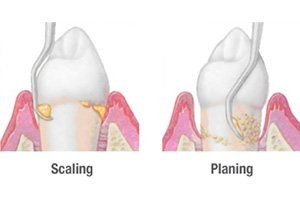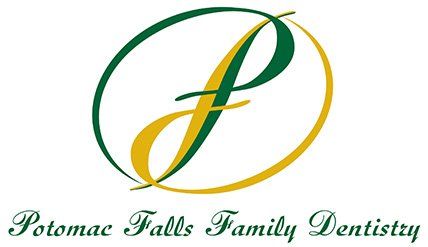Scaling & Root Planing
Although routine cleanings are done to prevent periodontal (gum) disease, scaling and root planing is a non-surgical procedure done to treat periodontal disease. This procedure is sometimes called a deep cleaning .
This deep cleaning has two parts. Scaling is when your dentist removes all the plaque and tartar (hardened plaque) above and below the gumline, making sure to clean all the way down to the bottom of the pocket. Your dentist will then

begin root planing, smoothing out your teeth roots to help your gums reattach to your teeth. Scaling and root planing may take more than one visit to complete and may require a local anesthetic.
Gingivitis is a disease that occurs around the teeth. The most common form of gingivitis, and the most common form of periodontal disease overall, is in response to the plaque that is attached to tooth surfaces.
While some cases of gingivitis never progress to periodontitis, periodontitis is always preceded by gingivitis.
Gingivitis is reversible with good oral hygiene; however, without treatment, gingivitis can progress to periodontitis, where the inflammation of the gums results in tissue destruction and bone resorption around the teeth. Periodontitis can ultimately lead to tooth loss.
The
symptoms of gingivitis are somewhat non-specific and manifest in the gum tissue as the
classic signs of inflammation:
- Swollen gums
- Bright red or purple gums
- Gums that are tender or painful to the touch
- Bleeding gums or bleeding after brushing and/or flossing
- Bad breath
